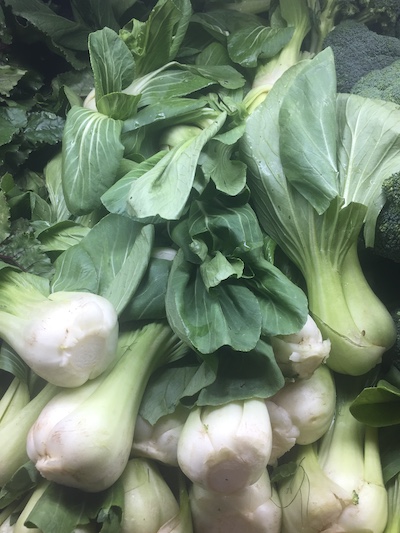The 7-day eating plan can become a healthy lifetime eating style. It can help you launch a new and healthy eating routine. Any eating plan should be individualized. Use this menu as a guideline for your own favorite foods. The following dietary schedule is beneficial and light. Remember, the purpose of these seven days is to enjoy food and improve overall health, and even to lose a pound or two without food deprivation.
An everyday mantra is to eat in moderation. Sometimes, when you’re less hungry, you may eat smaller portions or even eat only half the food I list for any meal (for example, eat only a salad and skip the chicken and vegetables or vice versa). If you eat bread, bread should have no yeast or sugar, and should be all natural.
Some of us have a habit of skipping breakfast, which can lead to health consequences. Do an experiment. For two weeks, eat breakfast and track your energy level on a scale of 1-10 each day.
Breakfast and lunch should both be substantial and delicious.
Try to eat dinner fairly early, at least three hours before bedtime. Large dinners have a great risk of leading to excess weight. After a light dinner and a sweet and restful night, you may wake up with a ravenous appetite.
Day 1
Breakfast: buckwheat with one tablespoon of ghee (soak the buckwheat in water for 10-15 minutes before cooking it).
Lunch: mixed green salad with sliced avocado, walnuts, olive oil, and lemon juice. Baked or poached salmon with broccoli, peppers, tomatoes, and asparagus.
Snack: natural plain yogurt. Having a snack before you leave work can help you avoid mindless eating when you get home.
Dinner: vegetable soup.

Day 2
Breakfast: omelet with your favorite vegetables, fresh herbs and spices.
Lunch: mixed green salad with sliced avocado, pumpkin seeds, olive oil, and lemon. Steamed trout with your favorite vegetables.
Snack: fresh fruit salad.
Dinner: barley soup.
Day 3
Breakfast: brown rice with a tablespoon of ghee and a dash of cinnamon.
Lunch: spinach salad with onion, green pepper, tomatoes, olives, cucumber, olive oil, and lemon juice. Dark bread. Lima bean and vegetable soup.
Snack: fresh fruit salad.
Dinner: smoked salmon and vegetables wrapped in pita.
Day 4
Breakfast: millet with ghee and cinnamon.
Lunch: arugula salad with olive oil and lemon juice. Sauteed tofu with vegetables.
Snack: a baked apple with cinnamon.
Dinner: lentil soup.
Day 5
Breakfast: quinoa with ghee and cinnamon.
Lunch: mixed green salad with olive oil and lemon juice. Boiled lamb, steamed vegetables.
Snack: freshly squeezed carrot, apple, and spinach juice.
Dinner: baked sweet potato with broccoli, cauliflower, and carrots.
Day 6
Breakfast: oats with ghee and cinnamon.
Lunch: mixed green salad with olive oil and lemon juice. Fish kebab with grilled vegetables.
Snack: dried apricots or nuts.
Dinner: toasted bread with lox, spinach, onion, and pickle.
Day 7
Breakfast: a poached egg, avocado, and roasted seaweed snack.
Lunch: mixed green salad. Roasted chicken with roasted vegetables.
Snack: pineapple fruit salad.
Dinner: broccoli soup.
You can compare your usual diet with this sample, and see what works best for you. If you don’t eat according to your chosen eating plan on a particular day, don’t beat yourself up about it. Try again until you feel comfortable. Dietary and lifestyle changes don’t happen overnight. They happen one small step at a time.
